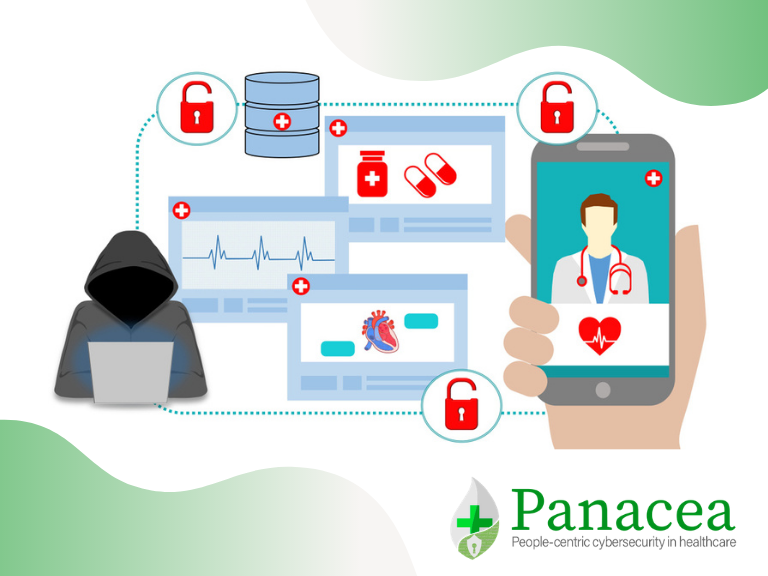The number of cyber-attacks around the world exploded in 2020: exploiting the Covid-19 pandemic as an opportunity for cybercriminals to take advantage of the shift in focus towards smart working and hospital staff transferred to the frontline.
US Healthcare Trends and Contradictions in 2019

This report (February 2019) investigates US healthcare systems, comparing micro trends between 2017 and 2018 with macro trends in 2019 and looking ahead to 2020.
- Trends 2017-2018: Benefit design offerings, care delivery initiatives, contracting ot early technologies for monitoring personal health.
- Trends 2019 and into 2020: Structural and broader market changes part of a larger economic transformation, often in parallel. However, there are elements of uncertainty alongside the diversity of change in healthcare in the U.S. and globally.
Change does not always come fast and is usually preceded by basic developments, with continued improvements that drive innovation over time. This also holds true in healthcare. 2019 is shaping up to be a significant transitional year in healthcare, which will see even more change in 2020. All healthcare supply chain stakeholders are likely to be affected in some way in 2019. Stakeholders hanging onto the status quo will be subsumed by the veracity and velocity of consumer- or purchaser-driven changes. By 2020, the questions will likely focus more on how much change has happened, and how fast it occurre
The main takeaways from the report are:
- Hot topics and major trends. Protection against dangerous drugs, unfair pricing and out-of-pocket costs associated with healthcare insurance are hot topics in 2019. Three concepts have an impact on other trends. These are populism (movements directed against big business and machine-based politics to champion the “common person”); consumerism (consumption of goods as economically beneficial with protection against inferior, dangerous and unfair pricing); conscious consumerism (pre-middle age adult of relatively high occupational attainment and socioeconomic status, translating into awareness about what and why we are buying something).
- Affordable healthcare. Unscuccessful attempt by the Trump executive branch to repeal the Patient Protection and Affordable Care Act, also known as ACA (the Affordable Care Act) and colloquially as Obamacare. The executive branch has subsequently replaced and made changes and rollbacks of orders signed by President Obama. The ACA has been extended across multiple agencies, including those under the Department of Health & Human Services (HHS), the Treasury, and the Department of Labor. Many federally enforced or determined issues have been passed back to the states to decide or enforce. Congress (the legislative branch: House of Representatives and the Senate) has been in a lawmaking gridlock, possibly leading to greater movement or flexibility given to the states to act on more local interests related to healthcare. Congress has also identified health insurance structure and design as key issues. The judiciary (US Supreme Court and the Federal Judiciary Center, continues to play a role in interpreting the ACA, with expected appeals to the Supreme Court to quickly go through the judiciary system.
- Health Economics and the US Economy. Many medical technology rivalries are competing, especially with China, with tariff battles that have resulted in part from trade disputes or intellectual property issues, including medical imaging equipment, medical supply consumables, and some drugs. Economic impacts emanating from unresolved issues in 2018, such as the opioid crisis, and continuing federal versus state battles regarding the ACA, could have greater economic effects in 2019 to 2020, depending on their resolution.
- Commercial self-funded plans and value-based care models. Continued evolution of value-based care models. Such approaches to deal with access to care have a strong care-efficiency component that may lower the total cost of care. New health economic tools are being developed to help self-insured employers to assess and determine value, improve their risk management, and make better decisions for healthcare coverage as a purchaser. Much-needed medical and economic marketing techniques by manufacturers have to be revamped.
- Care Delivery: Settings and Efficiency. Preventive healthcare is increasing in value, especially for acute care, e.g. disease prevention through vaccines and disease treatment, e.g. diabetes. The new trend is about harnessing technology across medical devices, diagnostics and drugs in 2019 and beyond.
- Business efficiencies and integration. More rapid and sustained changes around a variety of insurance market issues still to be resolved. Pace of change is expected to increase with IT firm innovation.
- Internet of Things: A game changer in the healthcare sector and beyond. For example, IoT could ensure safety and efficiency in cold chain supply chains for biologic or specialty drug manufacturing or patient shipments, and already are doing so to some extent. The IoT could also provide drug information on demand for consumers or providers at home or at a point of service.
- Cybersecurity and breaches. With a plethora of uses and global access to information now available about healthcare, including personal data, big concerns have arisen about cybersecurity. HIPAA violations and data breaches are increasingly common and large, resulting in record-setting fines and settlements. In October 2018, Anthem agreed to pay the Office for Civil Rights $16 million in a record HIPAA settlement after the largest health data breach in US history. This is particularly problematic for large healthcare systems and third-party payers as they become high-value targets for cybercriminals.
- Niche versus blockbuster technologies. Personalised medicine is a new standard of care in healthcare, such as immunotherapy and targeted therapies in oncology, illustrates the solutions represented by the new blockbuster drugs, such as cancer immunotherapy but such technologies are not problem free.
- Drug-Device-Diagnostic Innovation Pipeline. Much of what is reaching the pharmaceutical market today has been in the works for years and has become mature enough for utilisation by healthcare providers and consumers. As a result, 2019 is shaping up to be a significant transitional year in healthcare.
PANACEA Research perspectives (reviewed in Q2-2020, considering also that the report was produced before the coronavirus): If the global COVID-19 crisis has taught us one thing, it is the absolutely crucial importance of out national healthcare systems. While private investments play an important role in innovating healthcare delivery, public funding is crucial to ensure healthcare is truly accessible to every section of society, no one excluded.
PANACEA is investigating the policy context in Europe and globally, assessing how levers and challenges impact on innovation in the sector and the overall evolution of technology and cybersecurity risks. This report can be a reference point for the negative and positive outcomes of political change.
Lookout Watch entry date: 07/08/2019

